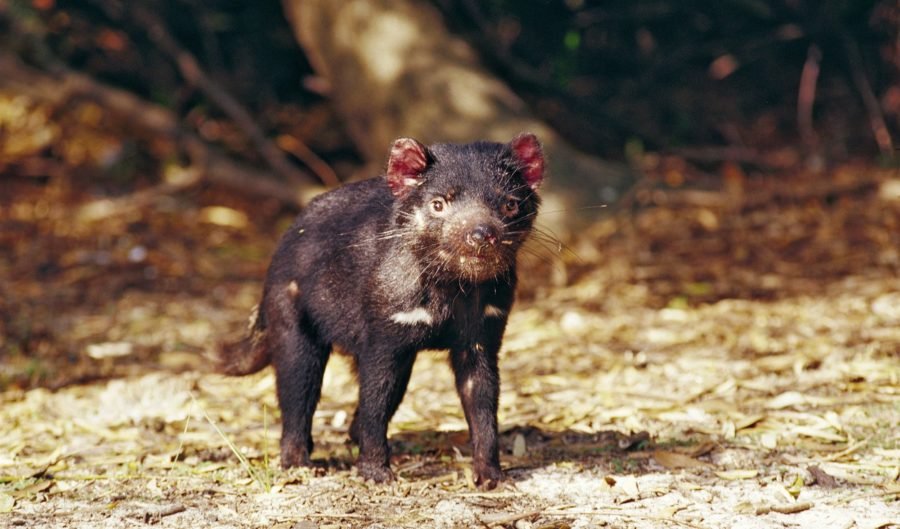So, what are these species that have ‘come back from the dead’? And what can their stories of survival teach us about how to prevent wildlife extinctions today?
Monash University biological sciences lecturer Dr Emily Roycroft studies some of Australia’s most threatened animals and researches past extinctions to find lessons for wildlife conservation. She says stories of animals re-emerging from presumed extinction can be a source of inspiration for current and future conservation work.
“Australia has one of the worst records of recent extinction in the world, especially of our native mammals. We have the highest rate of native mammal extinction anywhere in the world,” Emily says.
“But it’s always important to have hope in conservation. The resilience of nature gives us that sense for the future that we can do something to preserve our biodiversity.
“On the flip side of that we really need to make sure that we preserve those last remaining locations [where these animals live] and provide more habitat so we’re not only relying on those tiny little fragments [where] they have managed to hang on.
“With a little bit of extra support from conservation efforts, perhaps we can really turn the tide for these species that have been through a lot and improve their prospects for survival.”
With that in mind, here are 10 amazing Australian animal survival stories that show us that we should never give up on nature.
1. Mountain pygmy possum
Burramys parvus
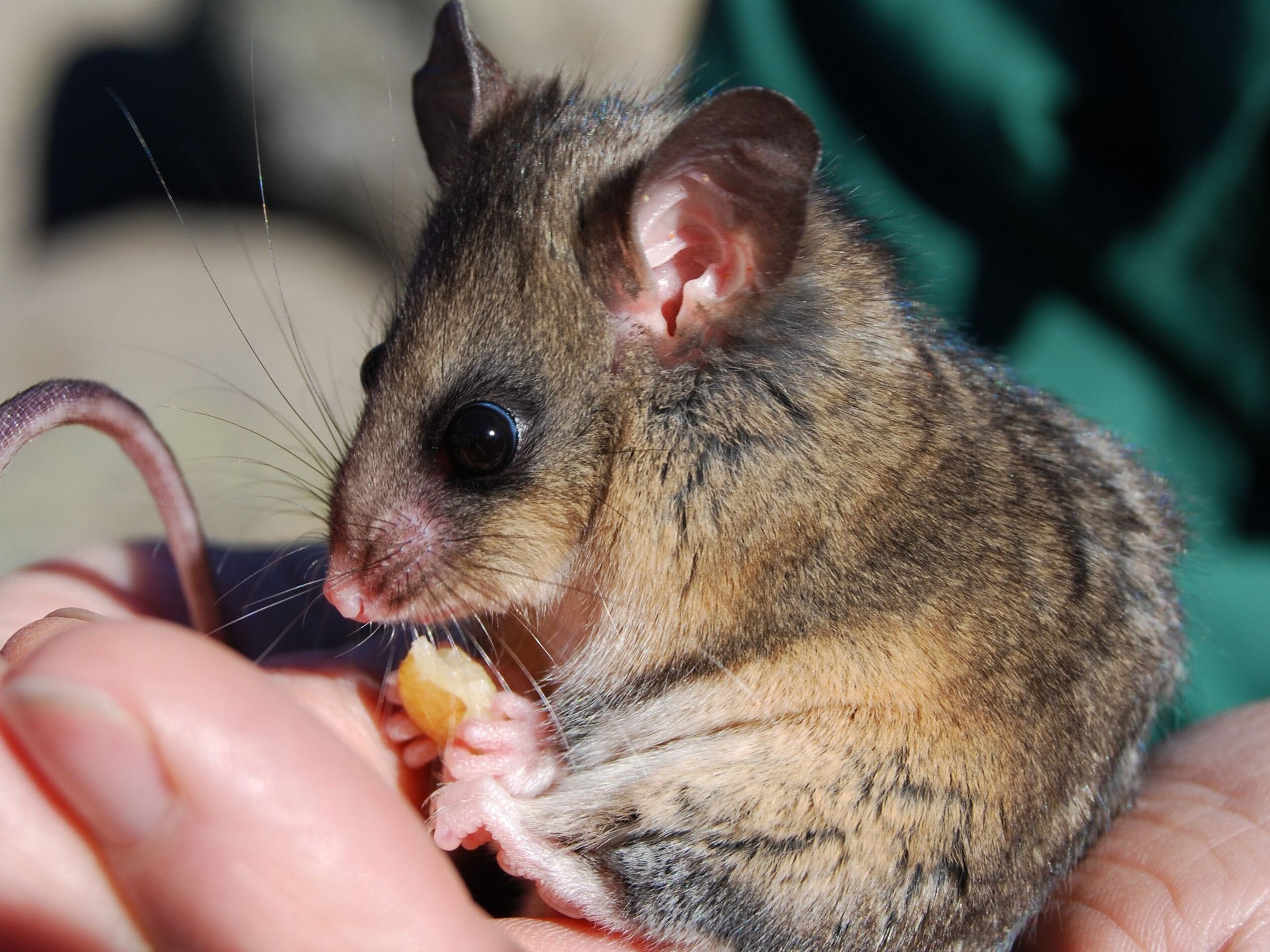
Australia’s only hibernating marsupial is one of the snow country’s most adorable animals, but for many years it was believed to be lost forever. Previously only known from fossil records, the mountain pygmy-possum was thought to be extinct until 1966 when one was spotted in a ski lodge at Mount Hotham in Victoria.
The mountain pygmy possum lives in boulder fields in the alpine and subalpine regions of New South Wales and Victoria. It spends up to half the year hibernating under snow before emerging in spring to feed.
The mountain pygmy possum is now the subject of a captive breeding program as well as in-situ conservation efforts. But it remains critically endangered due to declining snowfall linked to global warming, bushfires, feral cats and foxes, and the population collapse of its preferred food source, the Bogong moth. The latter has prompted scientists to supplement its diet with specially prepared ‘Bogong biccies’.
2. Lord Howe Island stick insect
Dryococelus australis
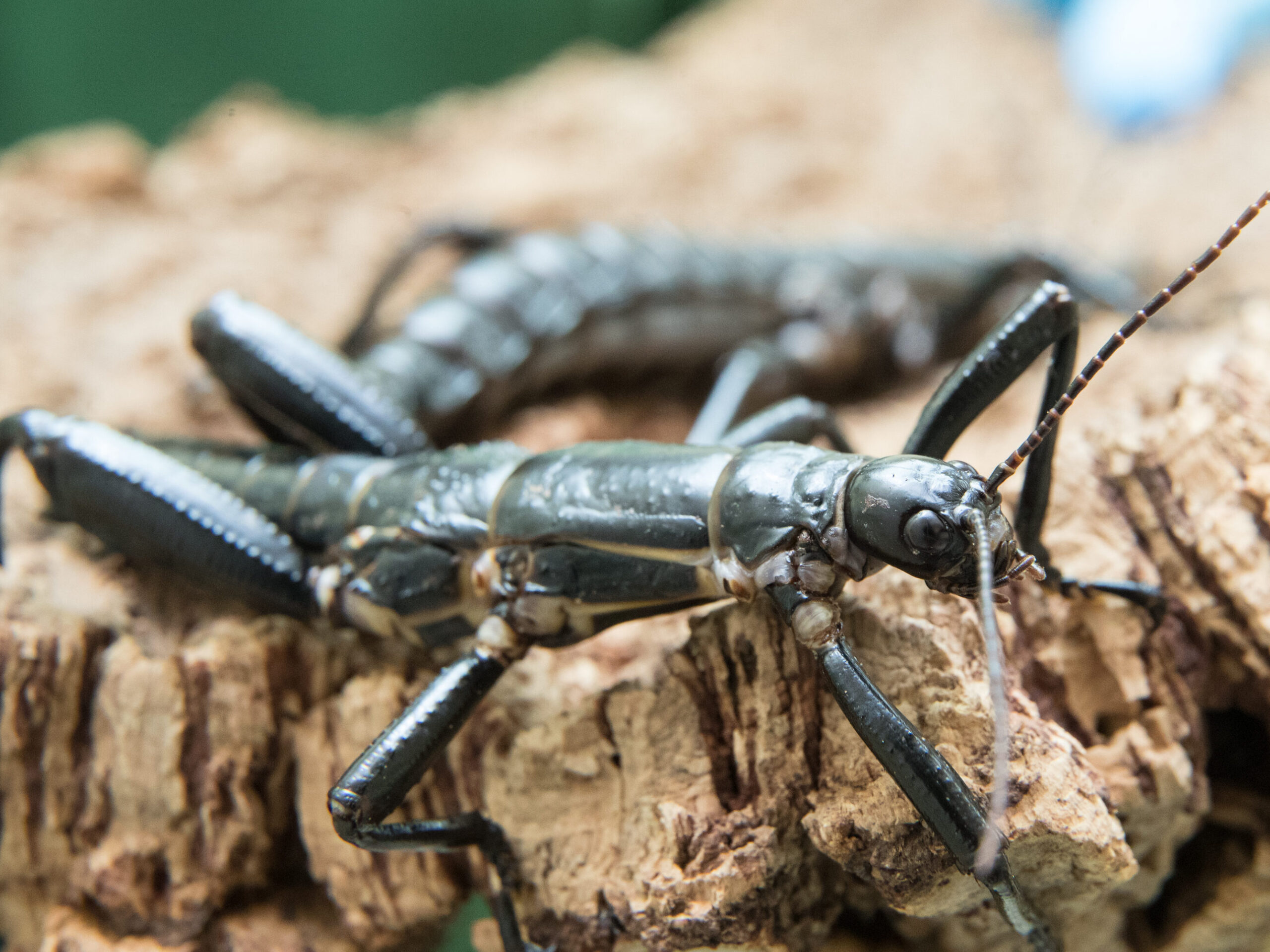
The Lord Howe Island stick insect is thought to be the world’s rarest insect – so rare, in fact, that it was officially declared extinct by 1960. Introduced black rats had decimated Lord Howe Island stick insect populations since coming ashore in 1918, seemingly wiping them off the island within decades.
But in 2001 scientists launched a remarkable mission to explore a volcanic outcrop called Ball’s Pyramid, about 20km from Lord Howe Island. They found a tiny population of stick insects, carefully collected a few individuals and started a captive breeding program. Thousands of stick insects have been successfully bred since then.
A rat eradication program has been conducted on Lord Howe Island in recent years, with a goal of returning the Lord Howe Island stick insect to its island home in the near future.
3. Central rock-rat
Zyzomys pedunculatus
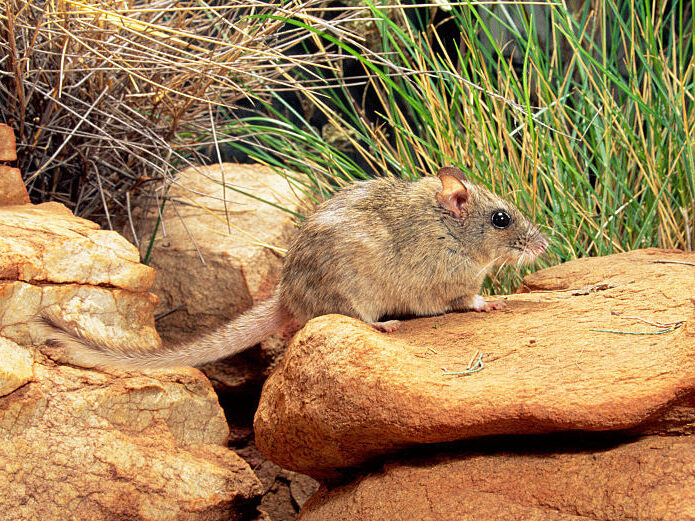
This desert-dwelling native rodent was feared extinct for decades before being rediscovered in the Tjoritja/West MacDonnell National Park in the Northern Territory.
It lives high in the arid country’s rugged mountains, foraging in the cool of the night. While it’s regarded as a ‘boom-and-bust cycle’ species, with populations expanding during times of high rainfall and declining in drought, this rock-rat faces a major threat from feral predators, especially cats. Wildfires that destroy the central rock-rat’s habitat and food sources are also a threat to its wild survival.
New populations of central rock-rats have been established within fenced safe havens using captive-bred individuals.
4. Armoured mist frog
Litoria lorica

For more than a decade this beautifully patterned amphibian was thought to be another victim of amphibian chytrid, a deadly fungal disease that has wiped out other Australian frog species and continues to devastate frog populations worldwide.
But in 2008 a small population of armoured mist frogs was found in northern Queensland’s wet tropics. It remains critically endangered. Scientists have been studying the frog’s apparent resistance and adaptation to chytrid fungus, as it seems it may have survived by moving away from a cool, wet habitat (where chytrid thrives) to a warmer, drier location.
5. Leadbeater’s possum
Gymnobelideus leadbeateri
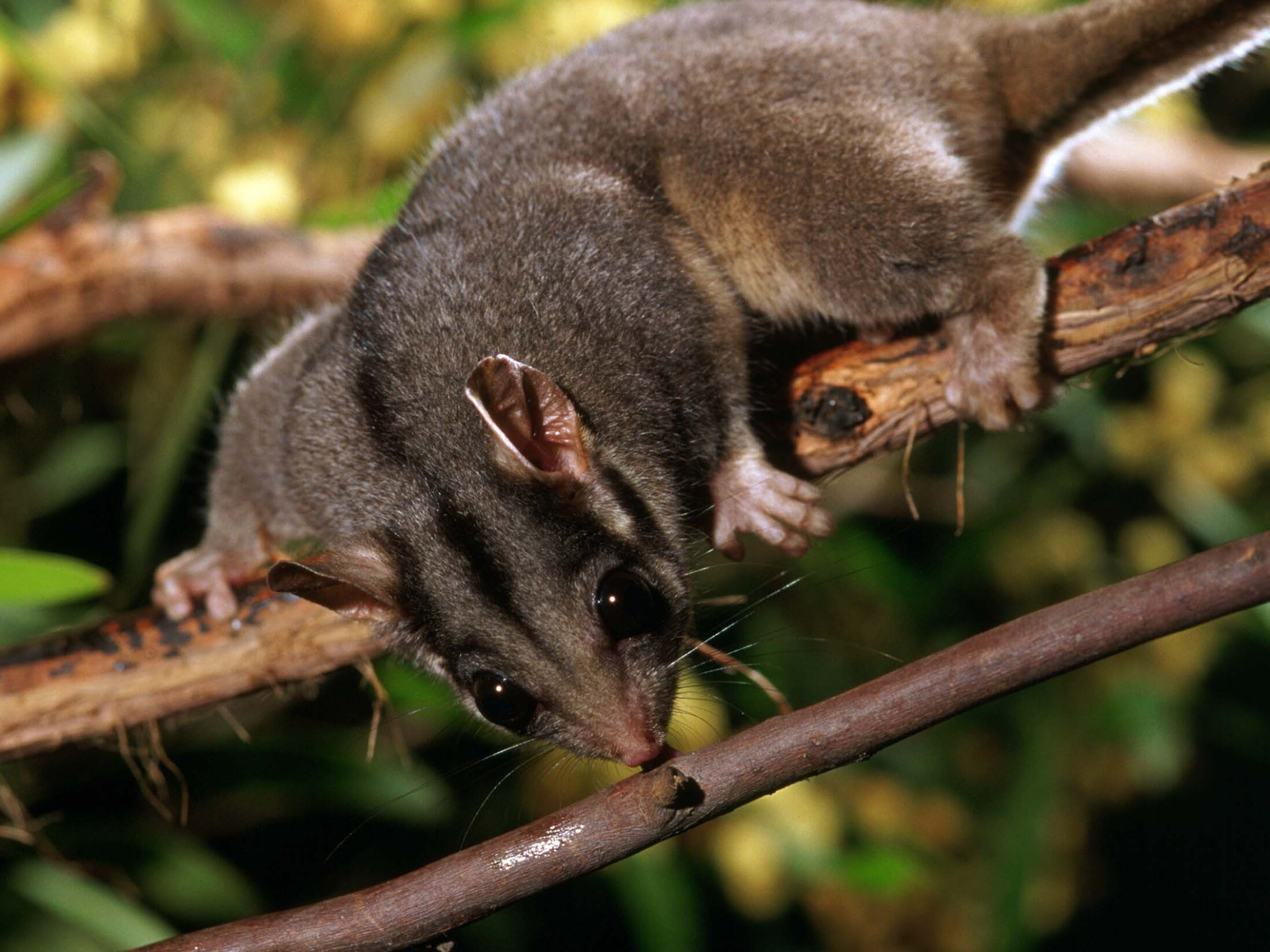
This rare possum was declared extinct in the 1950s but was given a second chance at survival when a colony was found in a forest in a Victorian mountain ash forest in the early 1960s. This rediscovery was so significant that Victoria later made the small marsupial its state faunal emblem.
These nocturnal possums – referred to by some as ‘forest fairies’ – move lightly and swiftly through the treetops at night, searching for food. They live in large, hollow-bearing old trees and the protection of their forest home from logging and fires has been, and remains, a significant political issue in Victoria.
6. Mahogany glider
Petaurus gracilis
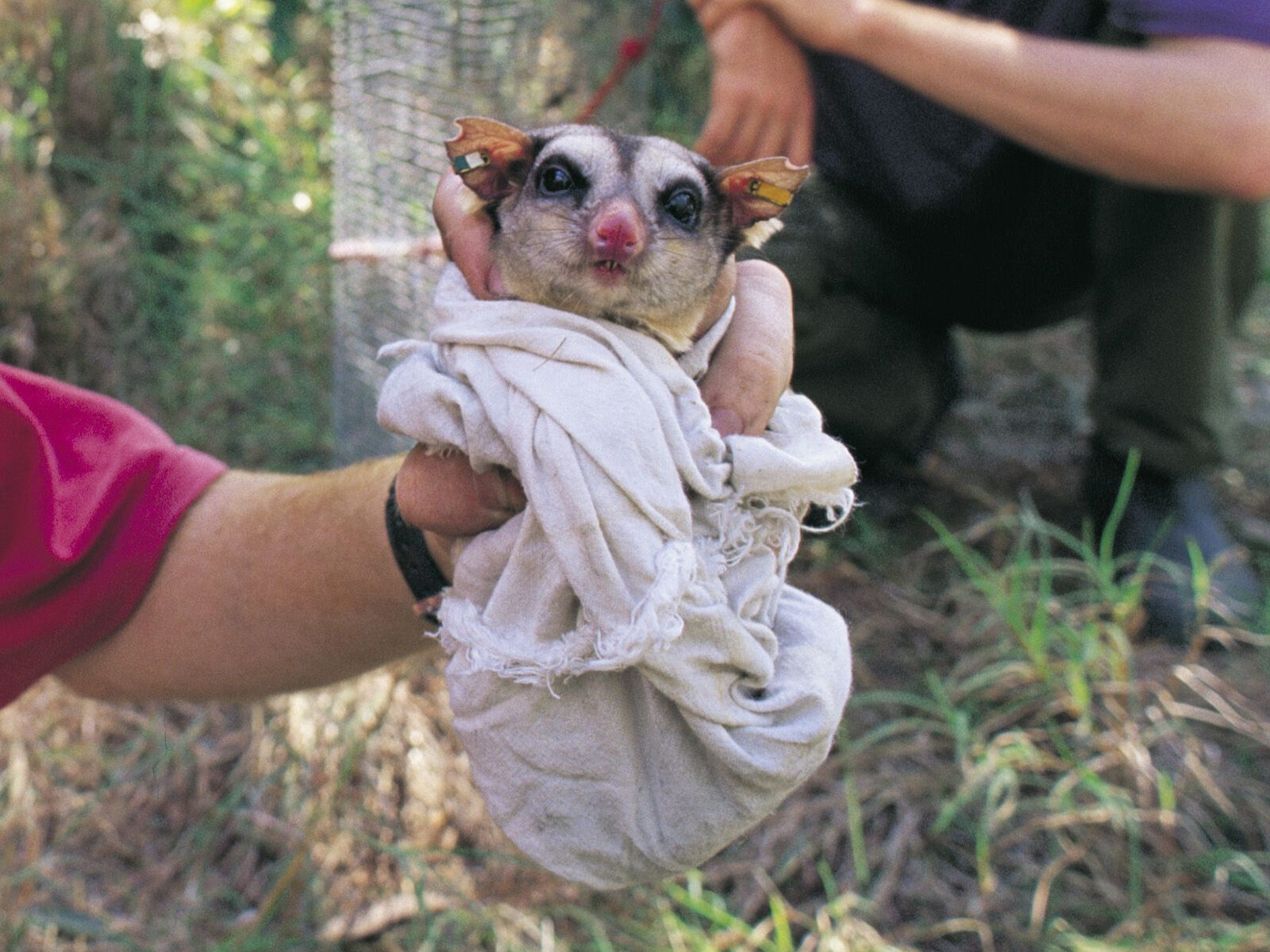
This tree-dwelling marsupial with ‘a voice like a lawnmower’ was thought to be extinct for more than a century before being rediscovered in northern Queensland in 1989. It lives in small pockets of tea-tree swamps and eucalypt and grass tree woodlands. This habitat has been extensively destroyed, severely shrinking the mahogany glider’s home range.
As a nocturnal animal that usually moves silently through the treetops, this glider is elusive. But when it does vocalise, often in alarm at spotting a potential predator, its loudly repeated call has been likened to the sound of a lawnmower.
Despite its rediscovery, the mahogany glider remains incredibly rare and is one of Australia’s most threatened marsupials.
7. Bridled nailtail wallaby
Onychogalea fraenata

In 1973 a fencing contractor working in Queensland near what is now a national park spotted a strange looking wallaby he hadn’t seen before. It turned out he had rediscovered the bridled nailtail wallaby after several decades of it being presumed extinct.
This wallaby had once been widespread across inland eastern Australia, but its numbers had declined due to introduced predators, human hunting and habitat destruction. Despite its rediscovery, survival remains difficult for bridled nailtail wallabies. They have been reintroduced to national parks and reserves in Queensland and NSW, but predation from feral cats is still a threat. Because so few bridled nailtail wallabies had survived, inbreeding is also a problem. Conservationists have been translocating individuals between populations to try to increase genetic diversity.
8. Victorian grassland earless dragon
Tympanocryptis pinguicolla
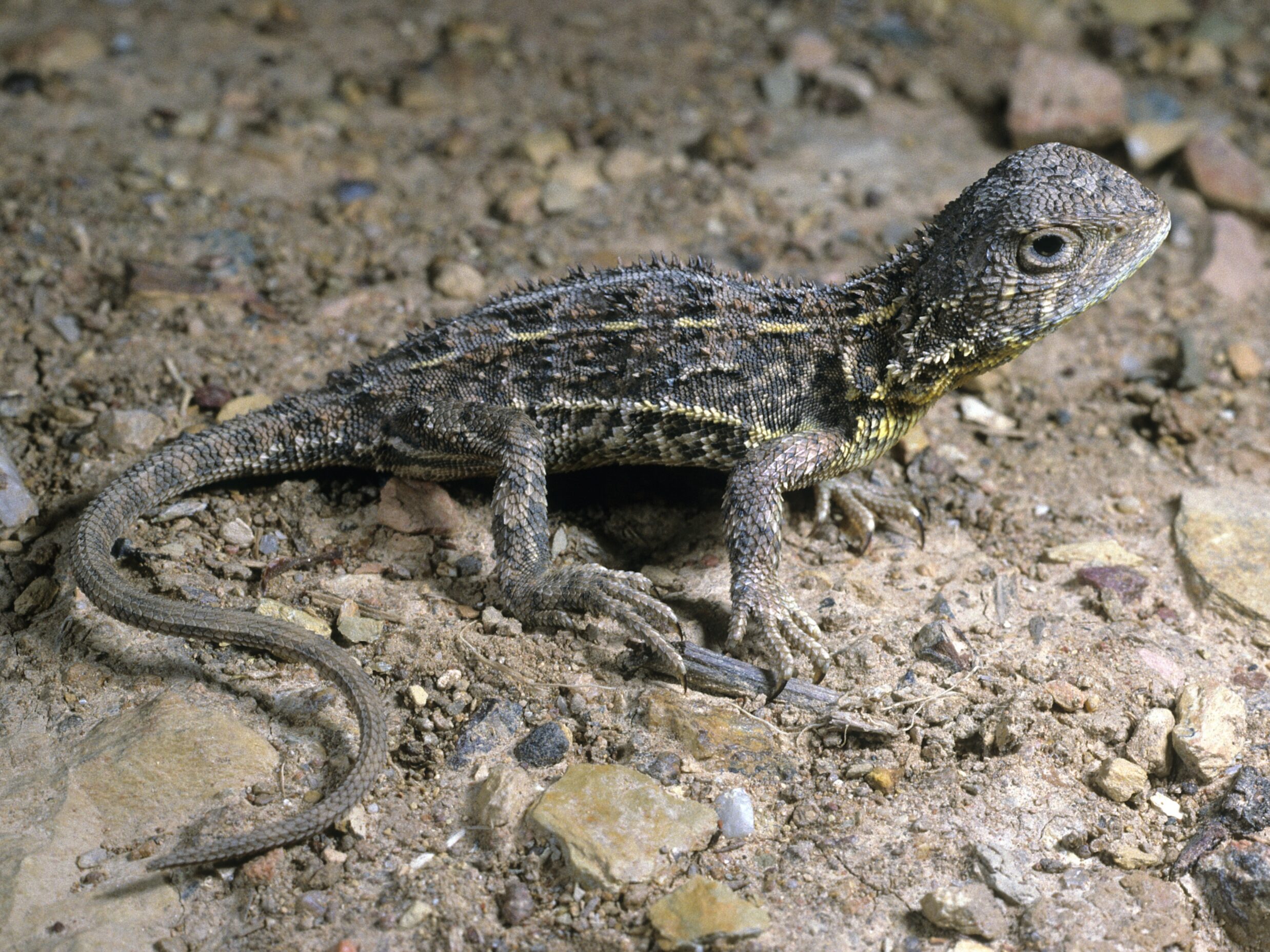
This gorgeous reptile with a fearsome name hadn’t been seen since 1969 despite decades of searching and was thought to be extinct in Victoria. But in 2023 a small population of the dragons was found in grassland west of Melbourne.
Destruction of native grassland for housing and agriculture, and predation from foxes and cats, had pushed the Victorian grassland earless dragon to the brink. A captive breeding program has now been set up for the Victorian dragon just as it has been for the closely related (and also rare) Canberra grassland earless dragon.
But the dragon’s wild future depends on the preservation of what remains of the basalt plains grassland ecosystem the species relies on.
9. Night parrot
Pezoporus occidentalis
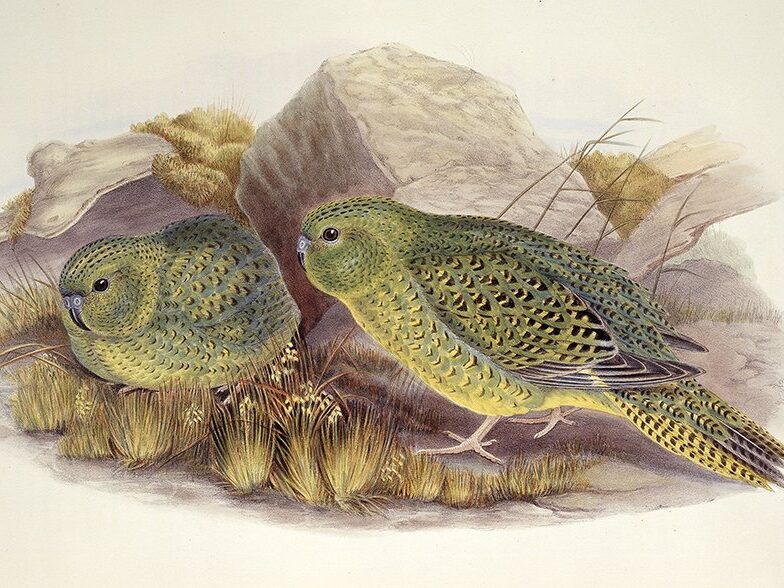
The night parrot is one of Australia’s most elusive birds. The nocturnal, ground-dwelling parrot was once found throughout Australia’s arid inland but its numbers plummeted with the introduction of predators such as cats and foxes.
The night parrot was considered extinct for 100 years but the discovery of dead specimens, photography and video footage, and then the capture of a live bird in 2015, confirmed the night parrot was still holding on.
In late 2024 there was more good news, when Indigenous rangers in Western Australia discovered a new population of dozens of night parrots in the Great Sandy Desert. Scientists say urgent action is needed to control feral predators and protect night parrot habitat from bushfires to ensure this elusive bird doesn’t disappear again.
10. Gould’s mouse
Pseudomys gouldii
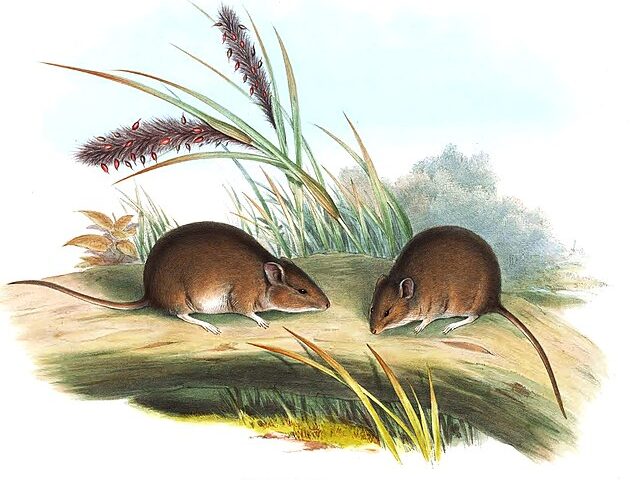
This is one of Emily’s personal favourites, and its rediscovery is a fascinating story of how scientific knowledge is always evolving. Australia’s native rodents have declined terribly since colonisation, although rodent extinctions and population collapses aren’t as widely known as marsupial extinctions.
The Gould’s mouse was once found across Victoria, NSW and through central Australia into WA but was considered extinct for more than a century. That was until researchers studying DNA from Gould’s mouse specimens collected in the middle of the 1800s discovered it was genetically indistinguishable from WA’s Shark Bay mouse (Pseudomys fieldi). Detecting that historical case of mistaken identity meant scientists could reclassify the Shark Bay mouse as the Gould’s mouse, resurrecting it from the rodent extinction record after more than 100 years.
Despite this, the Gould’s mouse remains rare and highly restricted, surviving only on island refuges with limited genetic diversity. Emily says its story should inspire nature lovers and conservationists to keep working to protect the places where Australia’s many threatened animals live. “Species can hang on, and that gives us a second chance to make sure that they survive into the future,” Emily says.

